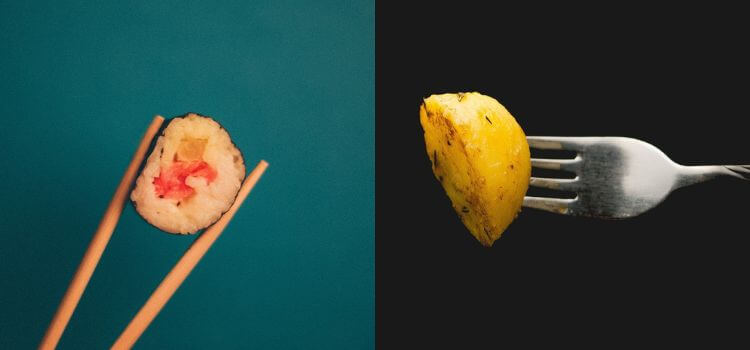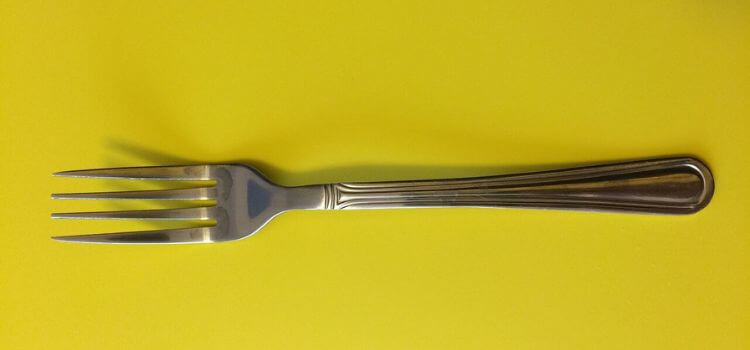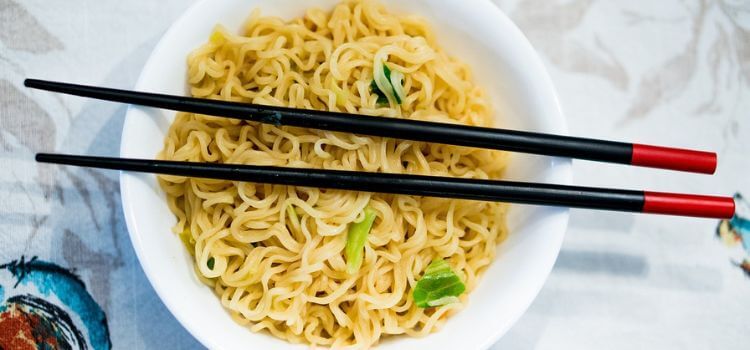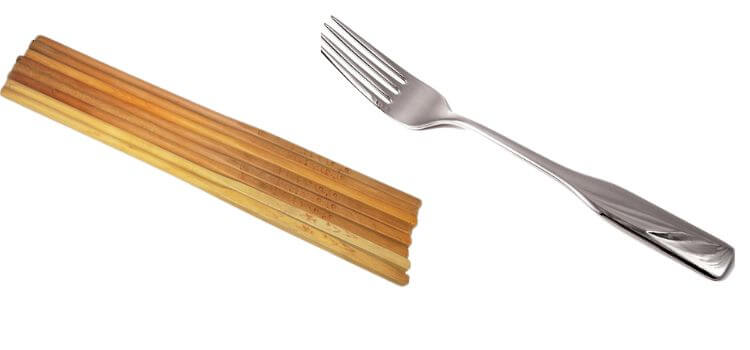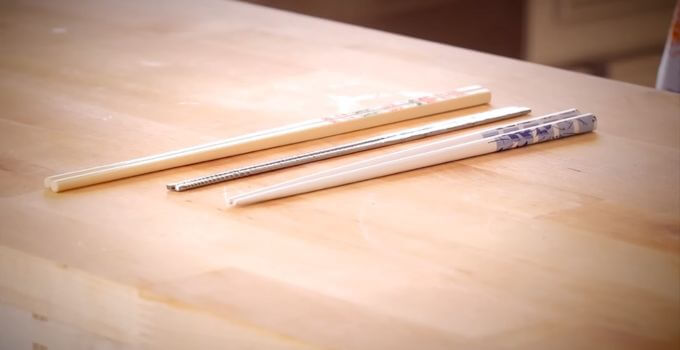
Chopsticks are more than just dining utensils; they hold cultural, historical, and practical significance in many countries. While their basic function is the same, chopstick length varies significantly depending on factors like culture, purpose, and materials. So, how long are chopsticks, and what influences their size? This guide dives deep into the details.
Standard Chopstick Lengths: A Universal Range
Chopsticks generally range from 20 to 25 centimeters (7.8 to 9.8 inches) in length for most dining purposes. This standard range suits adults, making them easy to handle for eating and serving food. The size is not arbitrary; it is designed to balance comfort and utility.
Shorter chopsticks are lighter and easier to grip, making them ideal for smaller hands or detailed food items. Longer chopsticks are useful when eating communally or for reaching dishes across large tables.
Country-Specific Chopstick Lengths
The design and length of chopsticks reflect the dining traditions and cultural preferences of the countries where they are used.
Japanese Chopsticks
- Length: Typically 20 to 23 centimeters (7.8 to 9 inches).
- Design: Japanese chopsticks are shorter and tapered to a sharp point. This design makes it easier to pick up delicate food items like sushi, sashimi, or small vegetable pieces.
- Purpose: Precision is a key focus. The shorter length helps diners handle intricate dishes, especially those served in small portions.
- Variations: Longer chopsticks are sometimes used for communal dishes or cooking. For example, Japanese cooking chopsticks, called saibashi, are 30 to 40 centimeters (11.8 to 15.7 inches) long.
Chinese Chopsticks
- Length: Usually 25 to 30 centimeters (9.8 to 11.8 inches).
- Design: Chinese chopsticks are straight, with a uniform thickness from end to end. They are often longer compared to those from other countries.
- Purpose: Longer chopsticks are practical for sharing food in communal meals and for reaching dishes placed at the center of large round tables, common in Chinese dining culture.
- Variations: These chopsticks are made for durability, often from bamboo, wood, or plastic. Decorative and reusable chopsticks are also common in Chinese households.
Korean Chopsticks
- Length: Typically 22 to 24 centimeters (8.6 to 9.4 inches).
- Design: Korean chopsticks are flat and made of metal, often stainless steel. Their shorter length makes them more manageable, as metal is heavier than other materials.
- Purpose: Metal chopsticks are more hygienic and durable. The length is optimized for individual dining, as Korean meals often involve banchan (side dishes) and rice bowls that require precise handling.
- Special Feature: Metal chopsticks are traditionally paired with a long-handled spoon for soup and rice, making them a unique addition to Korean dining culture.
Why Do Chopstick Sizes Vary?
The differences in chopstick lengths are not random; they serve specific purposes:
- Cultural Preferences:
Longer chopsticks reflect communal dining traditions, where food is shared among many diners. Shorter chopsticks cater to individual meals and smaller plates. - Table Size:
Chinese dining tables are often large and round, necessitating longer chopsticks to reach dishes without standing up. Conversely, Japanese and Korean meals are served on smaller, personal plates or trays, requiring shorter utensils. - Food Type:
The design and length of chopsticks are tailored to the food being served. For example, Japanese chopsticks are ideal for intricate dishes like sushi, while longer Chinese chopsticks are perfect for handling shared plates of noodles or stir-fries.
Materials:
The material influences the weight, grip, and length of chopsticks. Heavier materials like metal often require shorter chopsticks for balance, while lightweight materials like bamboo can support longer designs.
Materials and Their Impact on Length
Chopsticks are made from various materials, each influencing their length and purpose:
Wood and Bamboo
- Length: Commonly 20 to 25 centimeters (7.8 to 9.8 inches).
- Purpose: Lightweight and easy to use, making them ideal for casual dining.
- Features: Often disposable or lacquered for durability.
Metal
- Length: Typically shorter, around 22 to 24 centimeters (8.6 to 9.4 inches).
- Purpose: Used mainly in Korean households, as metal is durable and hygienic.
- Features: Metal chopsticks are heavier, requiring a shorter length for easier handling.
Plastic
- Length: Varies from 20 to 25 centimeters (7.8 to 9.8 inches).
- Purpose: Common for reusable chopsticks, particularly in casual or budget settings.
- Features: Smooth surface and colorful designs make them popular for children.
Ceramic
- Length: Generally shorter, about 20 to 23 centimeters (7.8 to 9 inches).
- Purpose: Decorative chopsticks often used for special occasions.
- Features: Fragile but visually appealing, often with intricate designs.
Children’s Chopsticks: A Learning Tool
For children, chopsticks are shorter and sometimes come with training aids. These chopsticks are typically 15 to 18 centimeters (5.9 to 7 inches) long. Training chopsticks often have rubber loops, hinges, or fun designs to help kids learn proper grip and technique. As children grow, they transition to standard-sized chopsticks.
Specialty Chopsticks: Designed for Unique Needs
Certain chopsticks are longer or shorter depending on their purpose:
- Cooking Chopsticks: Measuring 30 to 40 centimeters (11.8 to 15.7 inches), these are perfect for stirring, frying, or handling hot food. Their length keeps hands safe from heat and steam.
- Ceremonial Chopsticks: Often longer and elaborately decorated. These are used in traditional ceremonies, weddings, or religious rituals.
- Disposable Chopsticks: Typically made of wood or bamboo, these are around 20 to 23 centimeters (7.8 to 9 inches) and used in restaurants for convenience.
FAQs
Why do Chinese chopsticks tend to be longer?
Chinese chopsticks are longer to facilitate sharing food from communal dishes. Their length makes it easy to reach across large tables without moving plates or bowls.
How long are chopsticks designed for cooking?
Cooking chopsticks are significantly longer, usually between 30 to 40 centimeters (11.8 to 15.7 inches). This length ensures safety when handling hot food or frying.
What is the average length of chopsticks for children?
Children’s chopsticks are shorter, measuring around 15 to 18 centimeters (5.9 to 7 inches). This size helps kids learn how to use them effectively.
Are there different chopstick lengths for different materials?
Yes, materials like wood, bamboo, metal, or plastic affect chopstick length. For example, metal chopsticks are often shorter for better balance, while wooden chopsticks follow standard sizes.
How do Japanese chopsticks differ in length from Korean ones?
Japanese chopsticks are shorter, around 20 to 23 centimeters (7.8 to 9 inches), with a tapered end for precision. Korean chopsticks are slightly longer, about 22 to 24 centimeters (8.6 to 9.4 inches), and are made of metal.
Conclusion
Chopsticks come in a wide variety of lengths and designs, reflecting the cultures they originate from. Whether short and precise for Japanese meals, long and practical for Chinese dining, or durable and hygienic in Korean traditions, chopsticks are tailored to their purpose.
Understanding their sizes and uses adds depth to the dining experience and helps you appreciate the craftsmanship behind these simple yet essential tools.
